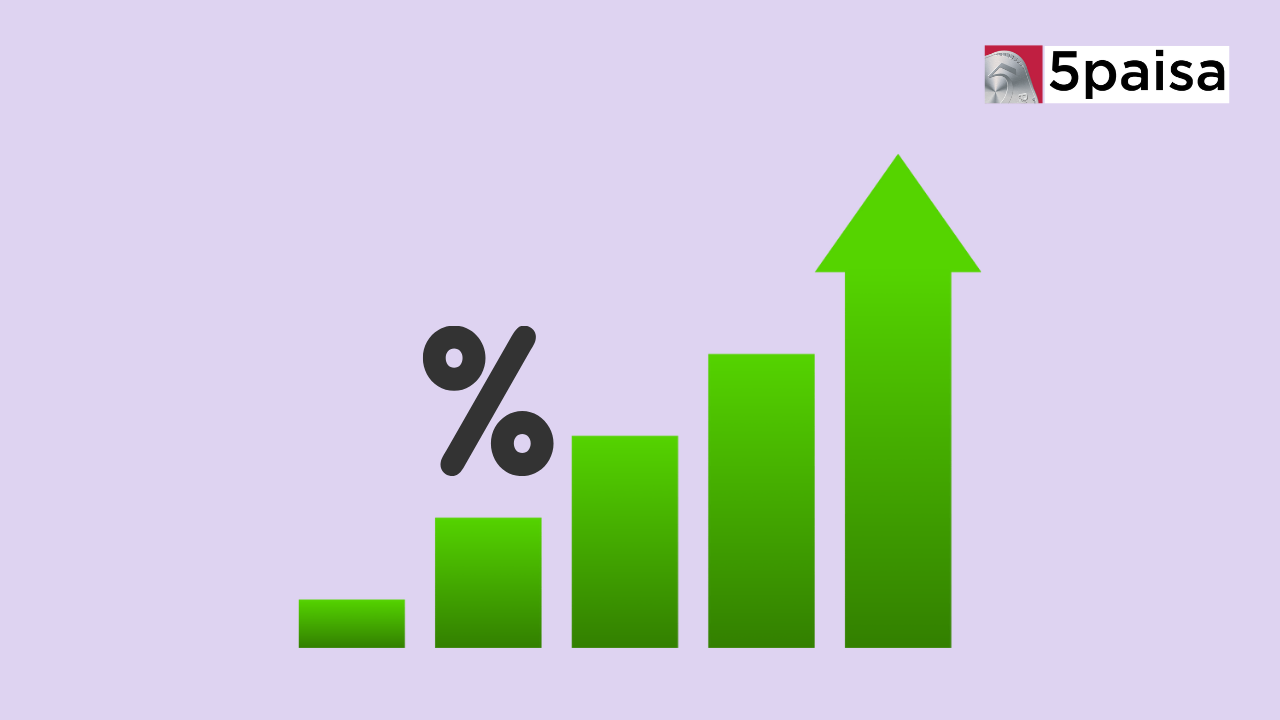Top New Year Stock Picks for 2025: Best Investment Opportunities
Want to bet on the cement sector? Here are some notes to keep in mind

Last Updated: 5th September 2022 - 05:03 pm
The cement sector saw a sharp uptick in growth last quarter with volumes rising around 17% compared to the year-ago period backed by strong demand from housing and infrastructure sectors. However, the key factor behind the double-digit rise in demand is the low base of last year.
The production in Q1 FY22 was adversely impacted due to the second wave of Covid.
If we gauge the performance of the cement sector on a sequential basis, volumes were actually lower by 6% in Q1 FY23 when it hit 98 million MT.
That doesn’t mean the demand is waning. Indeed, the volumes in the cement sector are likely to grow 85 to around 389 million MT in the full year ending March 31, 2023, according to ratings and research agency ICRA.
Realisation, margin outlook
But things are not all that rosy when it comes to earnings.
The net sales realisations increased by 7% year-on-year and 5% sequentially for a set of around a dozen large cement producers in the first quarter ended June 30, 2022. This was due to higher input costs as producers passed on some of it to end users.
The key input costs witnessed an increase in Q1 FY23 with power & fuel cost/MT rising by 49% year on year due to the steep increase in coal and pet coke prices; freight expense/MT rose by 5% due to higher diesel prices and raw material cost/MT rose by 7% owing to higher additive prices.
In terms of quarter on quarter or sequential status, power & fuel, freight and raw material cost increased by 21%, 6% and 4% respectively.
Despite an increase in the net sales realisation by 7% year on year, the OPBIDTA/MT of the top cement producers declined by almost a third to Rs 953/MT in Q1 FY23 owing to the significantly higher input costs.
While the input costs remained higher even on a sequential basis, the higher net sales realisations supported the performance resulting in marginal decline in OPBIDTA/MT by 1% on a QoQ basis. From the highs of Q1 FY22, the operating margins declined by 900 bps YoY to 16.7% in Q1 FY23 due to higher input costs.
Given moderation in the net sales realisation in the current quarter as demand abates during the monsoon season every year, along with high carrying cost of input materials, pressure on operating profit per metric tonne is likely to continue.
Despite some easing of fuel costs in recent months, the input costs are likely to remain elevated in the near term, and are expected to exert pressure on operating margins, which are expected to decline by 440-490 basis points (bps) in the year ending March 2023, estimates ICRA.
- Flat ₹20 Brokerage
- Next-gen Trading
- Advance Charting
- Actionable Ideas
Trending on 5paisa
Indian Stock Market Related Articles
Disclaimer: Investment in securities market are subject to market risks, read all the related documents carefully before investing. For detailed disclaimer please Click here.
 Sachin Gupta
Sachin Gupta
 5paisa Research Team
5paisa Research Team




